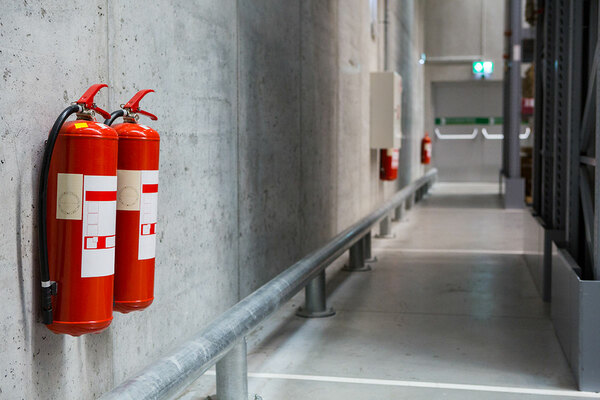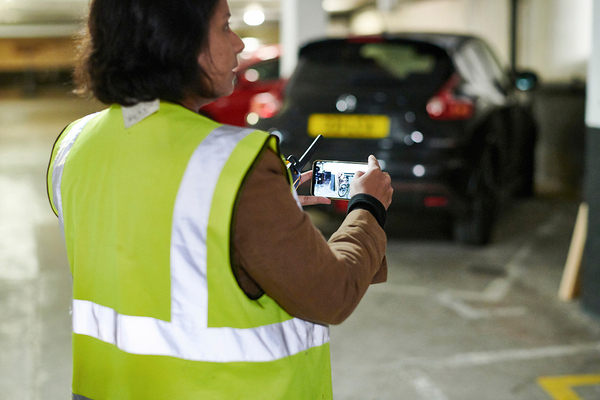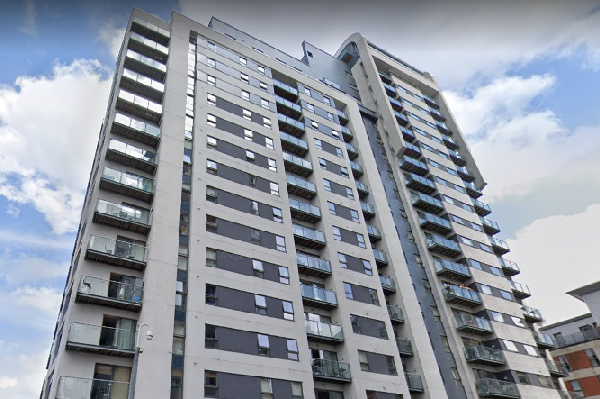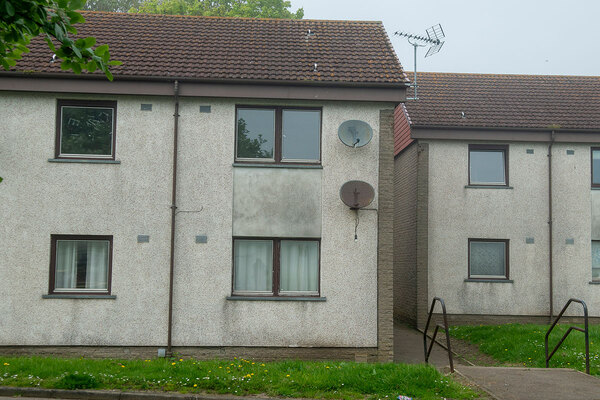Waking watch fund targeted towards eight cities, government reveals
A £30m fund to help buildings with dangerous cladding replace costly waking watches with alarms will be targeted towards six cities, the government revealed today.

Rules for the funding, first announced shortly before Christmas, were published today and revealed £22m of the pot will be spent in London, Manchester, Birmingham, Leeds, Liverpool, Bristol, Newcastle and Sheffield.
The government said this is because these areas are where the highest number of buildings in need of support are located.
The funding is only open to buildings above 17.7m in height, where waking watch costs are currently being passed over to leaseholders.
Social landlords can access the fund if they can demonstrate costs of both the alarm and the patrol would otherwise be passed on to leaseholders.
It is estimated that the fund could cover the installation of alarm systems in between 310 and 480 buildings, with an average size of 56 apartments per block.
Privately owned buildings in central London are not yet able to apply for the funding, with the government saying it is working to ensure an application process is opened for these buildings “as quickly as possible”. The prospectus did not explain the delay for this class of building.
London has been offered the largest share of the funding (£16.1m) with the next largest £2.2m made available in Greater Manchester.
This reflects the soaring number of buildings in the capital which rely on waking watch. When Inside Housing carried out research last March, this figure stood at 289 but by October, further research by the BBC revealed this had risen to 430.
The post-Grenfell building safety crisis has seen a huge number of tall and medium-rise buildings around the country identify serious and costly fire safety issues – ranging from combustible cladding to serious internal defects.
Often these defects are severe enough to revoke the usual strategy of telling residents to ‘stay put’ in a fire and – in accordance with guidance issued by the National Fire Chiefs Council (NFCC) – a 24-hour patrol of fire wardens is therefore required.
But these can be enormously expensive, with the bills picked up by leaseholders through their service charges in many cases.
The government estimates the average costs at £13.99 per hour for each watcher, and £11,361 per month. Inside Housing has seen examples of this reaching almost £50,000.
NFCC guidance calls waking watches “impracticable for a long-term solution and should only be a short-term measure”, but in some blocks they have been in place for well over three years.
In some instances, insurers or fire services have insisted they remain in place even after the installation of an alarm.
The fund will close on 14 March for all buildings, except privately owned towers in central London which will have longer to apply due to the delay opening.
A funding prospectus set no limit on the amount which could be allocated per building, but said applications where the cost exceeds £1,500 per flat will be subject to “additional scrutiny”. It cannot be applied retrospectively, so will not pay for alarms installed before 17 December last year – the day the fund was announced.
The funding rules require an alarm system designed in accordance with British Standard 5839-1 for a Category L5 system.
Housing secretary Robert Jenrick said: “This fund will relieve the financial pressure on residents in these buildings and ensure they will be kept safe. I encourage those who are eligible not to delay and start their applications swiftly so we can distribute the funds as quickly as possible.”
What is a waking watch?
In the immediate aftermath of Grenfell, 24-hour security patrols were introduced in a number of buildings known to have similarly dangerous cladding. This was formalised with the publication in October 2017 of guidance by the National Fire Chiefs Council for buildings requiring ‘simultaneous evacuation’ as a result of fire safety defects.
In that guidance, a ‘waking watch’ is defined as “a system whereby staff continually patrol all floors and the exterior perimeter of the building in order to respond to a fire, assist in calling the fire service and assist with the evacuation of occupants of the building”.
They are tasked with alerting all occupants to a fire requiring evacuation within 10-15 minutes of detecting it. This can be done by either activating a manual alarm or knocking on doors and sounding an air horn if no alarms are installed.
The guidance warns that this “is likely to be the least reliable [safety measure], most resource intensive, and may not be suitable for the highest-risk situations”. It adds that it is “impracticable for a long-term solution and should only be a short-term measure”.
In practice, waking watches are delivered by security agencies that charge a fee to the building owner for the 24-hour service.
Sign up for our fire safety newsletter
Already have an account? Click here to manage your newsletters












